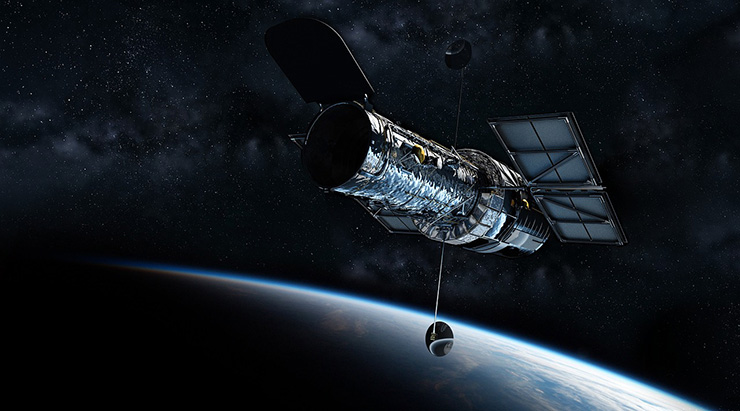 Part 1 looked at the difficult, costly, and lengthy journey from concept to a successful launch. Part 2 looked at the severe problems of the HST discovered after launch. Part 3 of this story looks at what has been learned from the Hubble “experience.”
Part 1 looked at the difficult, costly, and lengthy journey from concept to a successful launch. Part 2 looked at the severe problems of the HST discovered after launch. Part 3 of this story looks at what has been learned from the Hubble “experience.”
There are many lessons from this expensive disaster turned into spectacular success:
- Getting the big-science project budgeted is a very tough battle. So much money is needed, there’s the understandable but unvoiced expectation that the initial budget is only a small fraction of the real commitment, there are many competing projects looking for NASA and Congress’s approval, and the need for some of these is hard to explain (“why do we need to look at X-ray emissions from deep space and quasars, anyway?”)
- Political and bureaucratic infighting will delay a project for years—that’s not new. While this is mostly very detrimental, it also allows time for new technologies to be perfected, which makes the project much better; that’s almost always the case. However, at some point, you have to lock in the technology approach and instead focus on design specifics and execution. The delays and associated costs add up to a point where the project is possibly obsolete before it is completed. Or, its funding gets cut as the budget overrun has no end in sight. While it’s critical to have the technical and political support of large institutions, of course, that also adds to the potential for internal infighting, turf battles, and delay.
- A tight launch window helps. Interplanetary, non-orbital spacecraft usually have narrow and infrequent launch windows (such as one month every few decades for the original Voyager 1 due to favorable planetary motion and alignments). In contrast, Hubble could be launched into its Earth orbit at almost any time, so the incremental delays which accumulate were not mission-killers.
- Test and verify everything, and then have an independent group re-do the tests, preferably using a different technique. This was initially recommended for the Hubble mirror by one expert team but ruled out due to presumed time constraints. Ironically, due to the many delays with the project plus delays due to the explosion of the Space Shuttle Challenger in January 1986, there would have been time to do this, if the desire was still there.
- Operation of the Hubble changed the model for operating telescopes that had been the norm for ground-based units. Before Hubble, all large telescopes were operated their “owner,” usually a single academic institution. For example, the 200-inch Hale Telescope at the Palomar Observatory is managed by the California Institute of Technology (CalTech), and all decisions about access go through them, as well as for deciding who can literally get their hands on the instrument (astronomers get trained and then actually run the telescope for their time).
In contrast, Hubble is accessed via a consortium that makes the decisions and does all operations management, including orbit fine-tuning, imager pointing, and calibration. Researchers get the video images and data as “feeds” and don’t have to be anywhere near the operations center. This is the new pattern, as even all large ground-based telescopes are managed and operated (largely remotely) via similar consortiums, such as the Very Large Telescope located in Chile, which is operated by the European Southern Observatory.
- Data ownership: In the past, the astronomer took the resultant photo plates and “owned” the images; no one else saw them until he or she released them. With Hubble, there was a feeling that the public paid for this, so the public should see the images and see them right away. This was an issue for the researchers who set up a given experiment or session: what if someone else looked at the data and discovered something significant? That “someone else” would get the credit, even though they had not done any of the extensive preparatory work.
After much discussion and debate, the issue was resolved via a multistage process of managing the dissemination of results. In general, the Hubble solution has been to periodically release some stunning but not technically significant images to the public immediately, while only the researcher gets to see the detailed or possibly significant data.
- Plan for repair and maintenance. Hubble was designed for modularity in its instrument bays and maintenance, which was a fortunate decision, but not for the intended reasons. Luckily, it did provide a way to conceive of the fix, find a place for it, and then have the Shuttle team actually to do it.
Even so, space is a tough place to do repairs, despite using skilled astronauts who know what has to be done and have practiced it repeatedly. It would have been far worse if the problem could not have been diagnosed from the ground, and a solution worked out and tested in advance. Reality is that fixing a known and fully understood problem with a fully tested and known solution was extremely difficult, both on the ground and in space.
Even without the lens problem, Hubble has required a lot of work. Gyros have repeatedly failed (reasons are unclear) and had to be replaced; batteries have needed regular replacement; scientific instruments have been replaced due to failure or to upgrade to better ones, and the vibrating solar panels were taken off and sturdier ones put in place (another major project!).
None of this could have been done without a repair-friendly design, the regular availability of the now-grounded Space Shuttle, detailed plans, and procedures for the work to be done, and time to practice it on Earth. Impromptu, improvised repairs may be possible in some cases or the only option, but don’t count on them being successful.
Part 4 looks at the path of space-based telescopes beyond Hubble.
EE World Online Related Content
Gyroscopes, Part 1: Context and mechanical designs
Gyroscopes, Part 2: Optical and MEMS implementations
Gravity-assist “Slingshot,” Part 1: Background and principle
Gravity-assist “Slingshot,” Part 2: Application
GPS, Part 1: Basic principles
GPS, Part 2: Implementation
Other Related Content and References:
Hubble Space Telescope:
- Robert Zimmerman, “The universe in a mirror: the saga of the Hubble Telescope and the visionaries who built it”
- NASA: ST-161, Endeavor and First Hubble Space Telescope Servicing Mission
- NASA: The Hubble Space Telescope Servicing Mission
- NASA: A Brief History of the Hubble Space Telescope
- Astronomy Magazine, NASA extends Hubble Space Telescope science operations contract, June 24, 2016
- CNET News, Overachieving Hubble mission gets five more years, June 26, 2016
- Physics Today, Saving Hubble: A conversation with the director, June 12, 2012
Corona Spy Satellite Program
Dwayne A. Day, John. Logsdon, & Brian Latell, “Eye in the Sky: The Story of the Corona Spy Satellites”
James Webb Space Telescope:
- www.jwst.nasa.gov
- Photonics, JWST’s Giant Golden Mirror is Unveiled, April 28, 2016
Lagrange Points:
Books on Major NASA Projects:
- (about Mars Rovers Spirit and Opportunity, 2004) Steven W. Squyres, “Roving Mars: spirit, opportunity, and the exploration of the red planet”
- (about Voyager 1 and 2, 1977) Stephen J. Pyne, “Voyager: seeking newer worlds in the third great age of discovery”
- (about the Mars Rover, 2012) Adam Steltzner, with co-writer William Patrick, “The Right Kind of Crazy”
- (about the Apollo Moon Mission) Charles Murray and Catherine Bly Cox, “Apollo: The Race to the Moon”

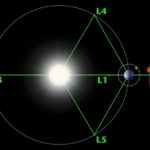
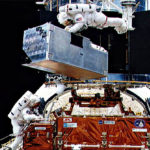
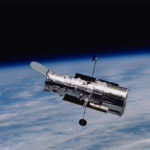
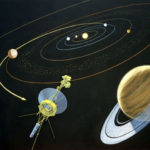
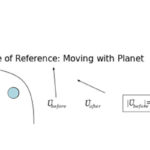

Leave a Reply
You must be logged in to post a comment.